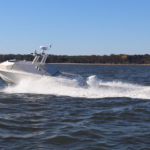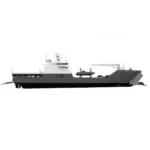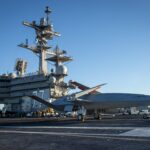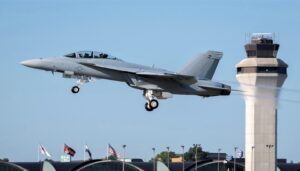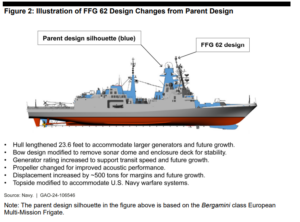
A new Government Accountability Office (GAO) report laid out in stark terms how the Navy started with a new frigate program meant to reduce delays and costs but significant design changes from the parent design and metrics mistakes led to the current status of the lead ship being delayed up to three years. The Navy planned for the Constellation-class guided-missile frigate fleet to cost over $22 billion for upwards of 20 ships and decided to modify a parent design to…

 By
By 